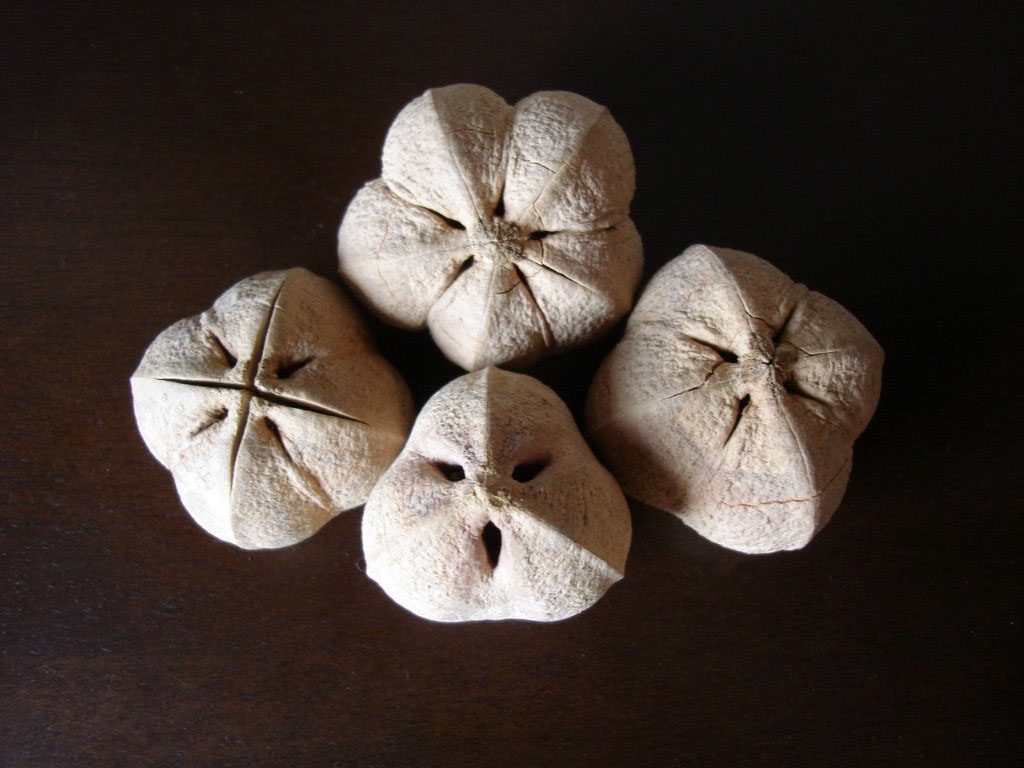Bogotá's Potential in Wellness Tourism Starts With an Amazonian Nut

Skift Take
The cacay nut is a perfect example of how tourists can directly benefit entire countries simply by buying products for their own wellness in cities like Bogotá that help support poorer regions throughout Colombia. Maybe someday being a tourist will become less about being a foreigner and more about being a better global citizen.
I was out to eat at Restaurante Leo celebrating the birthdays of two dear friends when I first heard about the cacay tree. Restaurante Leo, located in downtown Bogotá, Colombia, was created by award-winning chef Leonor Espinosa to showcase and celebrate the incredible biodiversity and ecosystems of Colombia. The country is the second most biodiverse country in the world, after all (after Brazil).
Ingredients featured in her dishes come from all corners of the country. In fact, on the left side of the menu, the restaurant provides a color-coded map, so guests are able to trace from where each dish comes — from the Andean forest to the Amazon rainforest to the coastal marine to the Colombian wetlands. For a restaurant that truly celebrates Colombian cuisine, plants, animals, and ingredients, it really is no wonder why it’s the 10th best restaurant in Latin America.
[caption id="attachment_329818" align="alignnone" width="600"] Restaurante Leo in Bogotá celebrates the incredible biodiversity and ingredients of Colombia.[/caption]
As we tasted some delicious pirarucu, a large freshwater fish native to the Amazon River basin, our waiter told us that the dish also featured cacay oil. He then emotionally described how the cacay tree’s very existence can help solve Colombia’s issues of poverty, deforestation, and coca cultivation (the plant used to make the active ingredient in cocaine).
How one plant could conceivably do all that obviously piqued my interest, and I did some investigating to learn about Kahai SAS, the first organization to industrialize the cacay tree for consumer use. The company is currently focused on growing production and sales of its cosmetic facial oil but has major plans of eventually turning to the food industry. Its key ingredient, the cacay nut, is not only an incredibly healthy, superfood with huge growth potential, but the oil that can be extracted from the nut is also more powerful and more beneficial than many beauty products currently on the market for people seeking wellness at home.
The more I learned from the company about the cacay tree, the more I began to realize that while we typically think of wellness tourism as something travelers pursue for their own purposes, their own desires and motivations, wellness tourism can also be used to make an impact on poorer regions of emerging economies. What could be better for people's well-being than that?
[caption id="attachment_329819" align="alignnone" wi
